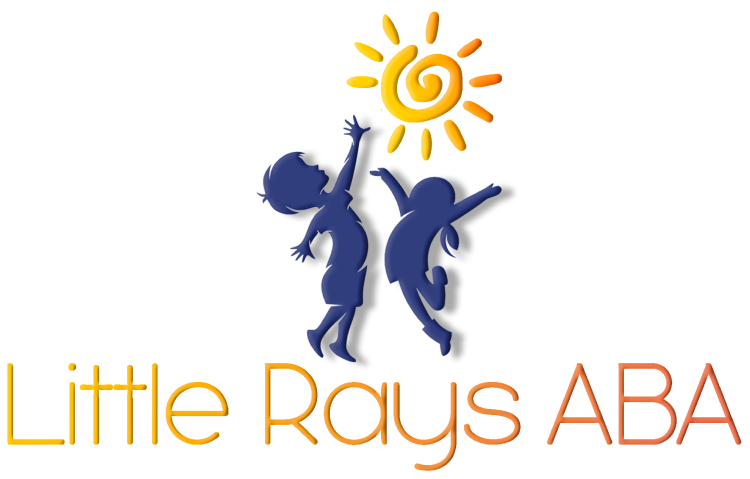
The Real Reasons Autism Diagnoses Are Rising
Key Highlights
- Autism rates have risen dramatically in the United States, with current data showing 1 in 31 children identified with autism spectrum disorder.
- Expanded diagnostic criteria and better screening have contributed to increased prevalence of autism, especially among minority children.
- Heightened awareness of autism among healthcare providers and the public means more children receive early identification and intervention.
- Genetic risk factors and some environmental influences, such as parental age and air pollution, may play a role in rising rates.
- State-level statistics reveal significant differences in autism diagnoses across the nation, emphasizing societal and healthcare disparities.
Autism is being diagnosed at record rates in the U.S., with new statistics showing 1 in 31 children identified on the spectrum. But these numbers tell a much bigger story than a sudden “epidemic.”
I’ll never forget the moment a preschool teacher called me about a quiet little girl in her class. She wasn’t in trouble — the teacher just noticed she rarely spoke to her peers. A year later, after school-based ABA support and proper diagnosis, she was thriving with the right support. That’s the power of awareness.
This blog looks at why autism rates appear to be rising, what the numbers actually mean, and how factors like genetics, environment, and social changes come into play.
Examining the Increase in Autism Rates
National Trends Over Time
Autism diagnoses have grown significantly over the past few decades. According to the CDC, autism prevalence jumped from 1 in 150 children in 2000 to 1 in 31 in 2025.
Experts point to expanded diagnostic definitions, improved screening, and heightened awareness. But research also shows genetics and environmental factors may contribute.
Autism Prevalence & Diagnostic Changes (1966–2022)
1966
- Estimated prevalence
- 1 in 2,500
- Notable diagnostic change
- Limited criteria, minimal screening
When I worked in early intervention programs, I met children who would likely have been missed under older criteria. Today, they’re being identified and supported much earlier.
State-Level Differences in Diagnosis Rates
Wide Variation Across the U.S.
CDC data shows prevalence varies dramatically. In California, the rate is 1 in 19, compared to 1 in 103 in Laredo, Texas.
Boys are diagnosed more often than girls (1 in 20 vs. 1 in 70). Minority children — including Asian/Pacific Islander, American Indian/Alaska Native, and Black children — are diagnosed at higher rates than White children.
Why States Differ
States with more robust early screening programs (like California) often report higher rates, not because autism is more common, but because they detect more cases.
Factors Driving the Rise in Diagnoses
Expanded Diagnostic Criteria
According to Weill Cornell Medical College’s Dr. Stephen M. Kanne, “Criteria changed and grew so we can spot people on the autism spectrum that were not found before.”
Updates to the DSM in 1994 and 2013 broadened the definition, merging conditions like pervasive developmental disorder into the autism spectrum. This allows children with milder traits or higher IQs to be identified.
Growing Public and Professional Awareness
Public education, advocacy, and professional training have improved early recognition. Teachers and pediatricians now receive guidance on developmental red flags, leading to more referrals.
In my work, I’ve seen the difference a well-informed preschool teacher can make — sometimes they’re the first to suggest a developmental screening.
Improved Screening and Early Identification
The American Academy of Pediatrics recommends universal screening at 18 and 24 months. This helps identify children before challenges significantly affect learning and behavior.
Dr. Peter J. Chung (University of California, Irvine) notes, “It’s possible that autism has always been a common condition and we are just beginning to capture the true prevalence.”
Environmental and Societal Influences
Prenatal and Early Life Factors
Older parental age, premature birth, low birth weight, and certain prenatal infections are associated with increased risk (National Institutes of Health).
Environmental Toxins
Research on pesticides, air pollution, and toxic chemical exposure suggests a potential connection — though evidence is still developing.
Societal Changes in Diagnosis Rates
Policies expanding Medicaid coverage for autism evaluations have allowed more families to access services. Advocacy groups have pushed for culturally sensitive screening, which has helped reduce disparities.
The Role of Genetics
Hereditary Patterns
Genetics account for roughly 83% of autism risk (JAMA Psychiatry). Hundreds of genes are linked to ASD, though most cases involve a complex mix of genetic and environmental factors.
Gene-Environment Interaction
Environmental exposures may influence whether a child with genetic susceptibility develops autism. This interplay is a major focus of current research.
Addressing Common Misconceptions
Prevalence vs. Reporting
Rising diagnosis rates don’t always mean more people have autism — they often mean we’re better at identifying it.
The “Autism Epidemic” Myth
Autism isn’t contagious or “spreading.” The rise reflects improved detection, not a new outbreak.
Vaccine Myths
Large studies show no link between vaccines and autism (CDC, WHO). According to Dr. Santhosh Girirajan, “We know for sure, for so many years now, that vaccines don’t cause autism.”
Conclusion
The increase in autism diagnoses reflects better understanding, broader criteria, and improved access to evaluations — not necessarily an actual surge in cases.
For families, the focus should be on early recognition, individualized support, and ongoing education. Whether through genetics, environment, or awareness, understanding autism helps us better serve the children and adults who live with it.
Get the Right Support, Right from the Start
At Little Rays ABA, we believe every child deserves the tools to thrive. We provide in-home ABA therapy, school-based support, in-camp programs, and parent training across Florida — all tailored to your family’s needs. Our experienced therapists work with you to build skills, boost confidence, and create meaningful change.
Call us today to schedule a consultation and start your child’s journey with Little Rays ABA.
Frequently Asked Questions
Are certain groups seeing higher increases in autism diagnoses?
Current data shows that more minority children, like Black, Hispanic, and Pacific Islander children, are getting autism diagnoses at a faster rate than White children. There are new steps that aim to fix problems in how children get screened and how quickly they get help. This work is helping more children be found and get support on time.
What do experts predict for future autism rates?
Experts say that autism rates will likely keep going up. This is because more people now know about autism. Early intervention and screening are also getting better. The main goal is to make sure everyone, no matter who they are, can get a diagnosis and care when needed. In the coming years, prevalence rates may show how well we are finding and helping children sooner and more easily.
Is there a cure or can children outgrow autism?
There is no cure for autism spectrum disorder right now. Children do not outgrow autism spectrum. Early intervention can help a lot. It can make language development and daily life much better. But for most autistic individuals, autism spectrum disorder will be with them for their whole life.
Sources:
- https://www.cdc.gov/mmwr/volumes/74/ss/ss7402a1.htm
- https://www.hhs.gov/press-room/autism-epidemic-runs-rampant-new-data-shows-grants.html
- https://www.cdc.gov/autism/data-research/autism-data-visualization-tool.html
- https://globalnews.ca/news/11132819/autism-rates-rise-1-31-u-s-children-cdc-reports/
- https://www.autismspeaks.org/science-news/autism-prevalence-rises-1-31-children-us
- https://apnews.com/article/autism-rates-us-rfk-diagnosis-cdc-cb3abd799edd591dc1ea6b63c69a2279
Related Posts





